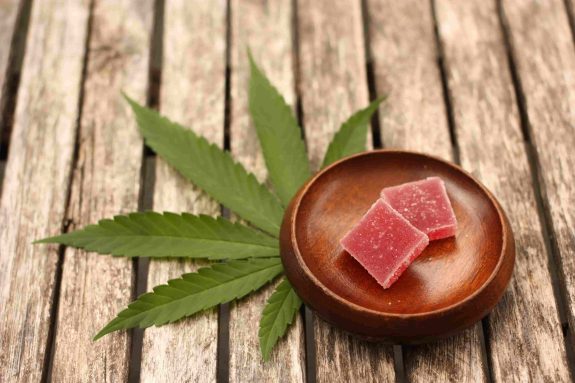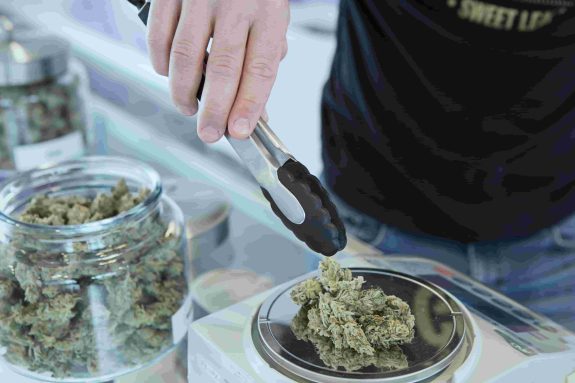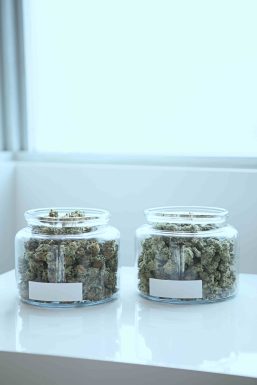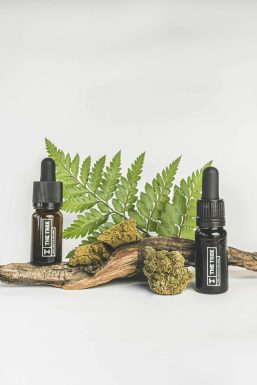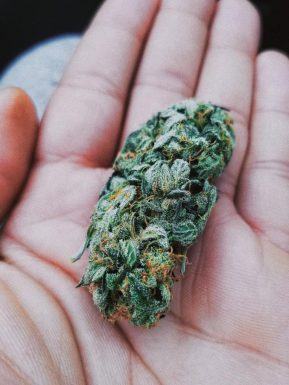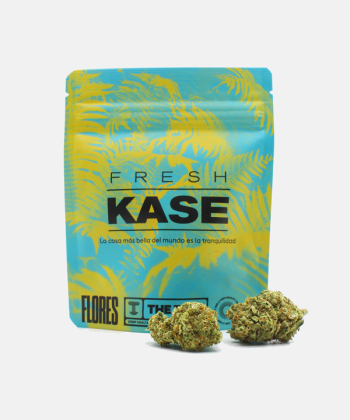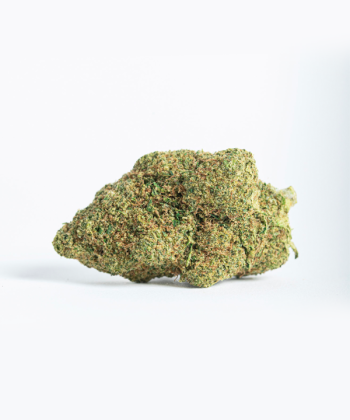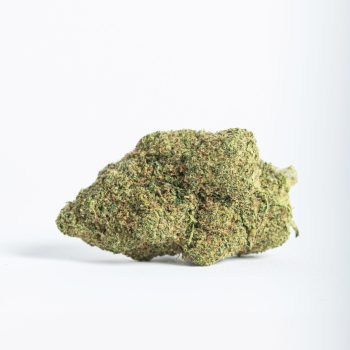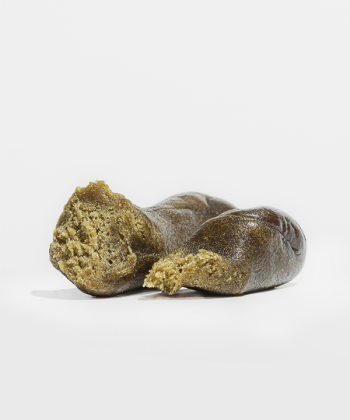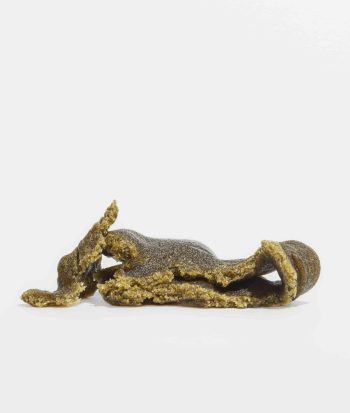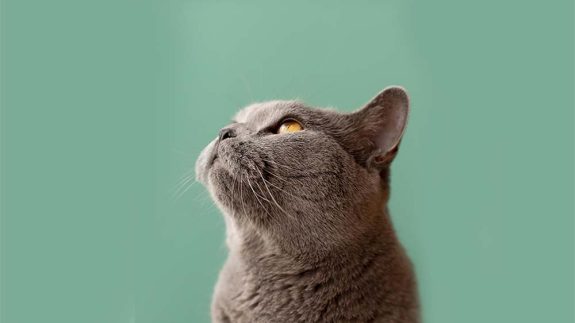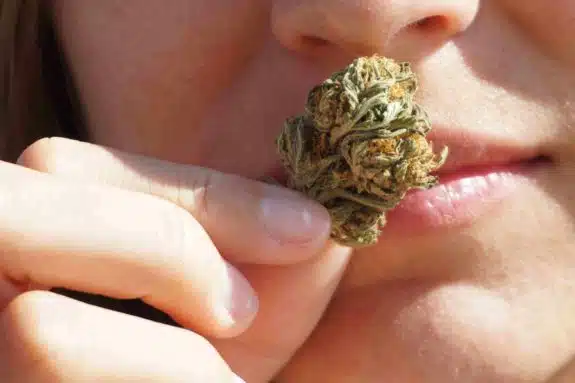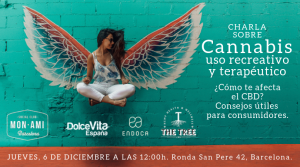
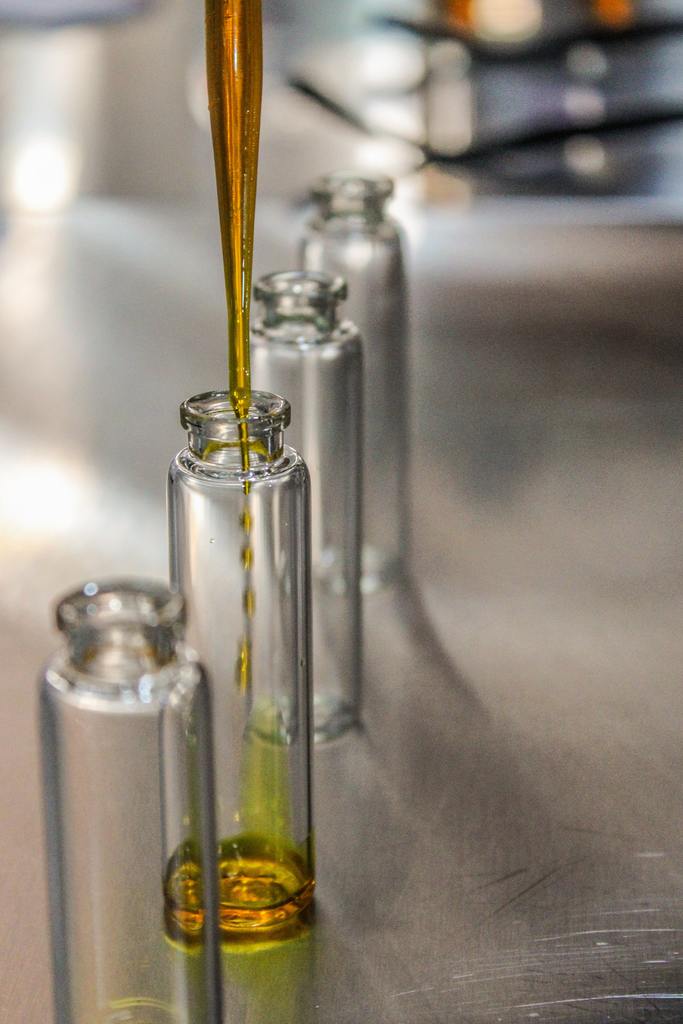
Frequently asked questions about CBD products for inflammation
How does CBD fight inflammation?
Inflammation is a complex physiological response to harmful environmental agents (internal or external). In other words, it’s a reaction triggered by the body itself that aims to isolate and eliminate the harmful agent.
According to the study by García, E. C., & Sánchez, J. P. E., published in 2006, CBD has the ability to inhibit the production of certain enzymes and molecules that trigger this inflammatory response. It therefore prevents and reduces inflammation. In addition, it can also help to reduce pain due to its analgesic properties.
What kind of inflammation can CBD help relieve?
CBD, as an oil or a cream, is ideal for relieving occasional inflammation, such as that resulting from excessive physical exertion, for example. It can also help with certain types of chronic inflammation.
However, if you find that you’re suffering from any type of inflammation that persists over time, it’s best to consult a medical professional. At The Tree CBD, we remind you that CBD products aren’t intended for the diagnosis, treatment, or curing of any disease. We recommend that you consult a doctor on a case-by-case basis, and follow the recommendations given to you by your medical specialist.
What's the right dosage of CBD for inflammation?
There’s no universal dosage of CBD to treat inflammation, as it varies depending on several factors such as the type of inflammation, the weight of the person, the concentration of the oil, etc. Therefore, you need to use a dosage calculator to know approximately how much oil to take.
We remind you that in Europe, the oral and sublingual consumption of CBD oil is considered an improper use of the product from a legal point of view.
As for topical use, the usual practice is to apply oil or cream two or three times a day, although you may apply it more often if the discomfort is severe. This type of consumption is perfectly legal in EU member states.







